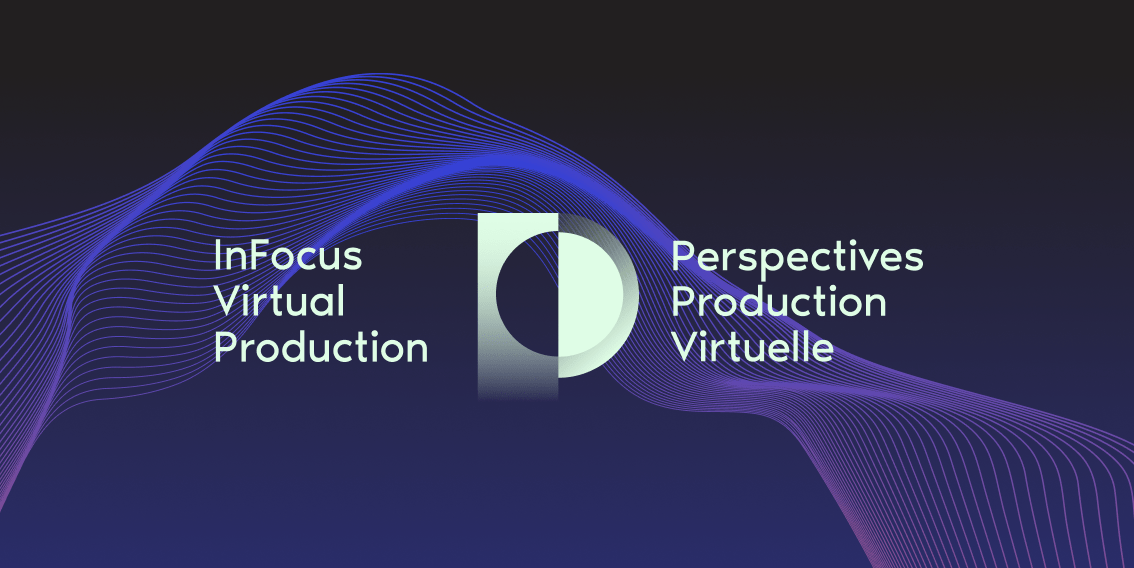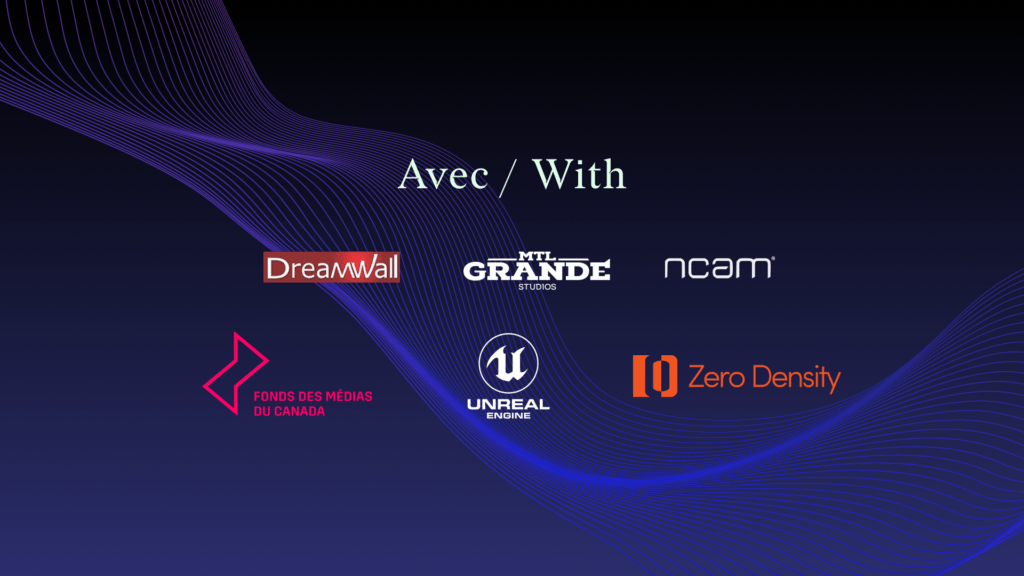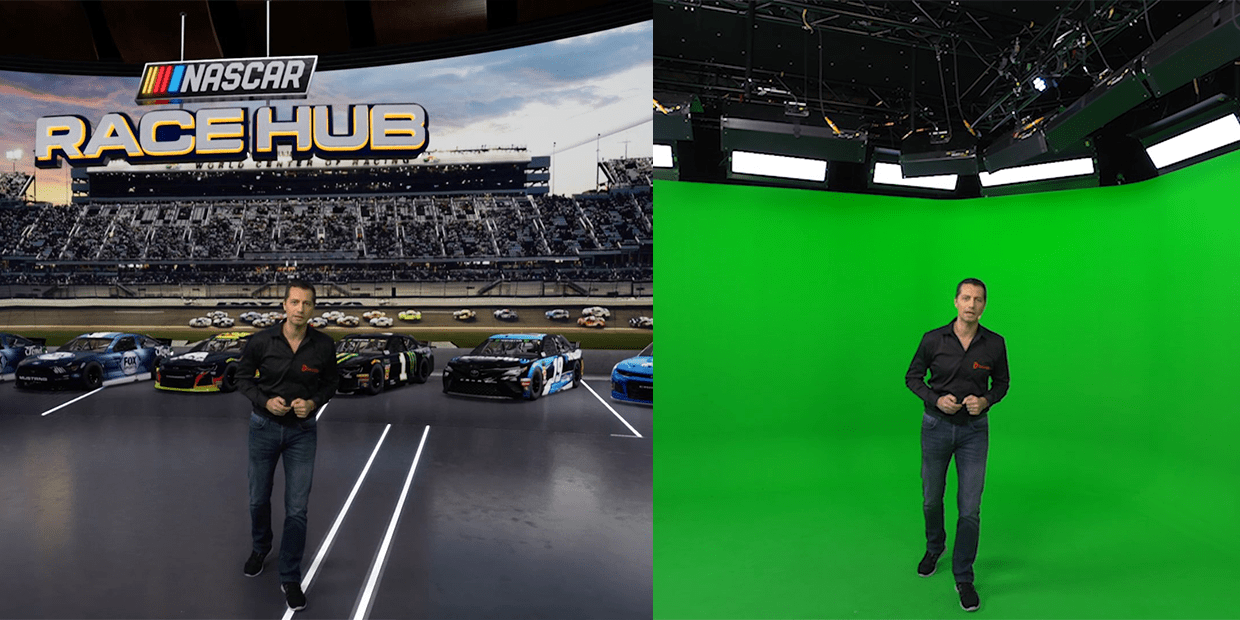Welcome to your tech savvy hologram guide!
‘’Help me Obi Wan Kenobi. You’re my only hope.’’
These are the 9 words that launched Star Wars Episode IV: A new hope, uttered by Princess Leila’s hologram.
What is a hologram? And how can we project them? Can we send holograms like the one in Star Wars?
In this guide, we shed light on what holograms are and how they fit in marketing.
How does a hologram work?
There’s no hope without understanding what holograms are. Three-dimensional pictures are made using properties of light: interference and diffraction. These terms refer to the redistribution of light intensity and the refraction of two light waves: object and reference.
Simply put, the reference wave is created by a laser, and the object wave is made by reflecting light off an object that we wish to record. They both come together on a photography plate to create what we call an interference pattern that creates a hologram.
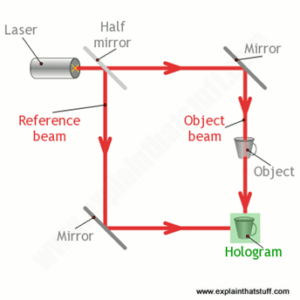
Sci-fied yet?
Our friends at Explainthatstuff explain the technicalities really well!
What makes a hologram a hologram?
A hologram is a 3D picture on a 2D plate. How does this happen? Holograms provide a sense of volume, because they accurately reproduce the light waves scattered by an object!
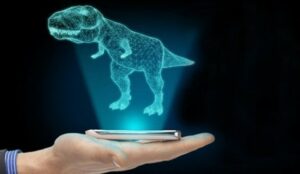
What is a hologram projector?
Hologram projectors or hologram fan displays create holographic illusions of images floating in the air. These devices make the brain perceive objects in 3D.
They are generated by ‘’point clouds’’, these point clouds contain information about depth. This data is sent through light beams to create multiple images at once.
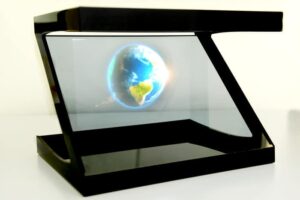
There are many types of hologram projectors!
What are the devices and platforms we can use to wow audiences?

Holo fan
It’s a cutting-edge LED-based device with two or four-ray rotors that spin faster than the human eye can see, leaving only the 3D image floating in the air.
This is one of the easiest display to install and use. Changing the video content is extremely easy, just plug the micro SD card in the slot and it is ready to go. The Holographic LED Fan is a display that can be seen in all conditions, this is a plug and play display.

Holo wall
Completely scalable, combine a number of Holo fans to create a larger-sized 3D holographic image.

Holonet
The thinnest and the most transparent gauze on the market to create bright holographic projection mapping.

Holocube
Whatever the size, the holocube is a great way to showcase your brand, product or message.

Holo Pyramid
Perfect for displays, the 270 degree viewing allows digital images to interact with your physical product.
Hologram use in marketing
Okay! We got the technical stuff out of the way, now how can we successfully use holographic technology for advertising?
Ok so here’s the future. There is no limit to the use of holograms. Basically, it’s your imagination.
FIRST, there is the surprise factor. Today, most consumers don’t interact with holograms often like they do with social media or 2D marketing. Social media is constantly bombarded with 2D ads, brands find it difficult holding consumer’s attention. Hologram marketing crushes the noise. They are new and unique and intriguing to potential customers.
Imagine, it’s saturday night, you’re walking through the vieux port of Montreal and you find yourself in front of a street holographic ad. You’d probably stop and take a picture to share it with your friends on the spot.
You would clearly not do so with normal ads on Facebook or in the streets. Marketing is a novelty game and holograms are the optimal equilibrium between usability and marketing impact.
Get this.
In 2018, WWF ran a campaign to raise awareness about animal trafficking. They had a hologram elephant roam across the streets of London in order to bring light to the issue and encourage people to sign a petition to end wildlife trafficking.
Do you think people stopped? Of course they did share the story across the board! This is one great example of how hologram marketing interacts with consumers to create a memorable experience.
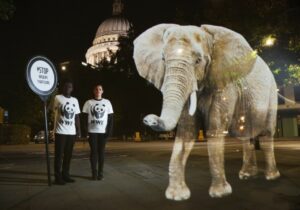
With holograms, real people can be filmed giving a speech, dancing or giving a presentation. 3D projectors effectively render this imagery. As you can see in the Star Trek series, you can add special effects post-production. You can also make your product spin or rotate for a better view.
At Neweb labs, we are masters of interactive video walls. Whether it is a sea-dragon leaping out of the water at a live event or a historical figure delivering a famous speech, we can scale holograms to wow audiences of all sizes.
We as an industry have come a long way.
Holographic tech has advanced greatly since Burberry hosted its holographic runway show in Beijing in 2011.
2011 April Burberry Beijing Full Show
Holograms really ‘’wow’’ audiences and capture their attention. Digital marketing is undergoing huge shifts and brands need to rethink their marketing strategies on an ongoing basis. This technology is still underused if we consider it’s availability. It's a huge opportunity to make a statement!
These technologies can be incorporated in multiple ways and on different levels, ushering in a new era of holographic marketing. The displays can be installed anywhere and can display any 3D video content.
During your childhood, you must have seen tv shows where a team of heroes is discussing their plans to defeat villains on a hologram table! Seeing people interact with the 3D holograms is awesome and it has been a dream for a lot of us. Well guess what. This tech is now real!
Table holograms can form stunning visuals on a flat surface that can be seen without 3D glasses.
Ever heard of Le Petit Chef? They use holograms to help create magical dining experiences for guests. The restaurant uses animations to tell stories on tables.
Restaurants can use this technology to provide a better experience for the guests! The first video of Le Petit Chef using holograms gained a whooping 4.3 million views on social media! They had to come up with new animations that people loved.
These displays can be used at events to generate foot traffic and sales leads.
I could dish out (get it?) many more examples, but my point stays the same: holograms are an untapped opportunity in marketing, those who seize it could do big things.
What’s the best way to know what’s possible?
Talk to an expert.
At Neweb labs, we create memorable experiences by merging the virtual and real world to produce new environments, characters and elements.

